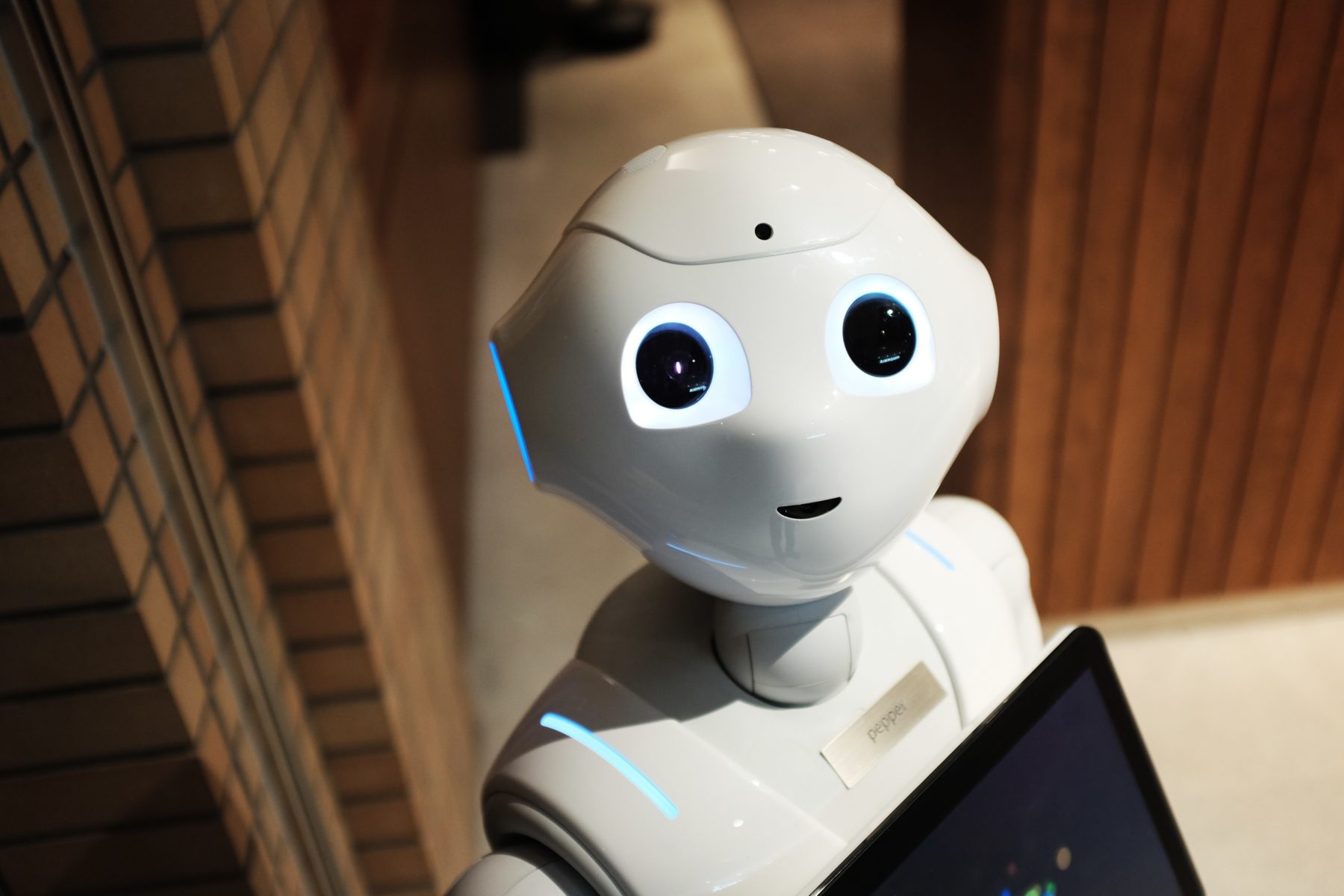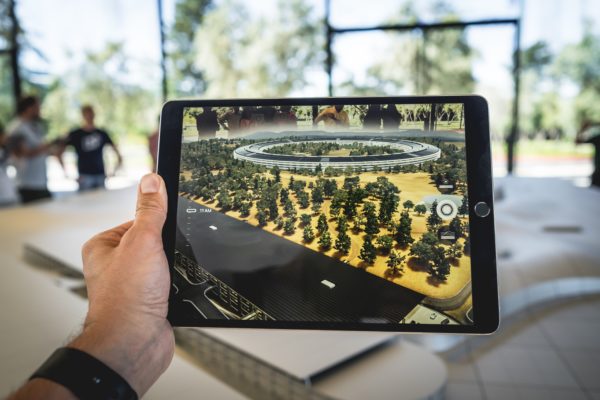With the rise of robots, the mechanical shuffle of automated colleagues around the workplace may be a not-to-distant future.
Let robotic design combat burning
With growing concern about the jobs of the future, their security and the big question of if we’ll be displaced in favour of their tech-counterparts, we have to remember how bots can bring value to the community.
It’s these innovative technologies that will not only be tools for change but also rapidly assist our essential services to do what we cannot.
From legal chatbots to robotic surgery, there’s massive potential to bring these intelligent systems into the workforce. Today, for example, AI chatbots are being used to answer people’s questions on COVID-19.
Currently, BIA5 in partnership with the Institute for Intelligent Systems Research and Innovation (IISRI) at Deakin University have developed the OzBot ATR 1050 Fire, an unmanned versatile remote ground firefighting vehicle.
The OzBot Fire isn’t your average robot.
At about 300kg, it’s small tank shape can be fitted with flood lights, thermal cameras, integrated electrical and water-based cooling systems and hose attachments (for water and foam) that will assist firefighting professionals to respond to dangerous situations.

For our heroic firefighters, the Ozbot Fire is just another tool much like their trucks or hoses. It offers protection and assistance, but the risk to their health is still present and serious.
With the freedom to drive over debris and operate in oxygen-starved environments which would normally choke internal combustion engines, this technology gives the firefighter the chance to apply their professional skills without high risk of exposure to extreme heat, toxic smoke, burns, entrapment and exposure to explosions.
Shawn Tansley, BIA5’s managing director says the OzBot Fire has paved the way towards safer firefighting practices for our heroes with the red and blues.
“The modified OzBot has to be designed to allow the application of both water and firefighting foam in dangerous firefighting situations or in response to critical incidents.”
“The unit gives professional firefighters the ability to utilise their skills to combat fires without putting them in harm’s way.”
“Firefighters can take the monitor downrange to approach that fire – using that knowledge of flow rate, foam and spray patterns – and effectively combat whatever is burning.”
With novel design on their side, first-responders can not only do their job well but preserve their own health and safety too. Running into a burning building is a valiant effort, but perhaps it’s best to leave it to the OzBot Fire.
Caution ahead – it’s time to send the bot in
This season’s bushfires showcase the scale and intensity of how fire catches.
Often, knowledge needs to be gained about a burn before it can be placed under control, but this becomes difficult when it puts lives at risk. And so, the OzBot Fire can step up to the plate instead.
Tansley offers that the OzBot Fire can assist first responders greatly when a fire poses risk to human life. “In particular, those environments where it’s either an unknown burn or a burn with a risk of explosion.”
To summarise, fires that could prove extremely dangerous for those on the ground include:
● Highly toxic chemical fires
● Large vehicle, tanker or train fires
● Commercial building fires
● Recycling plant fires
In our podcast Change One Thing, Dr Michael “Mick” Fielding, the co-creator of the Ozbot – originally used to assist the Queensland Police Department and Principal Research Development Fellow in Advanced Mechatronics Systems – agreed that taking into consideration the user experience is vital to finding innovative solutions.
“My work is about finding clever solutions with technology that consider user experience and involve close collaboration with colleagues and end users.”
Even the littlest robots of the Ozbot family can have a big impact on first responders.
Dr Fielding explains, “From small robot that acts as eyes and ears, and that allows a first responder to perform an initial survey of the area to identify hazards or people in need of help, all the way to our largest robots which can bash through doors and perform in other specific use cases.”
Minimising human risk is key
So, it seems that not only can OzBot Fire make life easier for humans, it can make it safer too.
Robotics platforms can then transform the landscape of essential services. From a home siege to the roar of a fire, cutting-edge robotics are coming to the rescue.

“In the big picture, robotics can allow us to safely apply our human skill set and learn how better to apply that skill set because we take away the risk to ourselves, that inherent self-preservation need that we have to survive,” says Mr Tansley.
But what does that mean for the lunchroom? Well, in the future if you see a bot on their smoko perhaps it’s a good idea to sprinkle on the WD-40 and acknowledge their industry-shaping capabilities for firefighting and beyond.
After all, this technology could mean that people’s loved ones arrive home safe after a challenging day at work, having perhaps lost a robot, but not a colleague.



